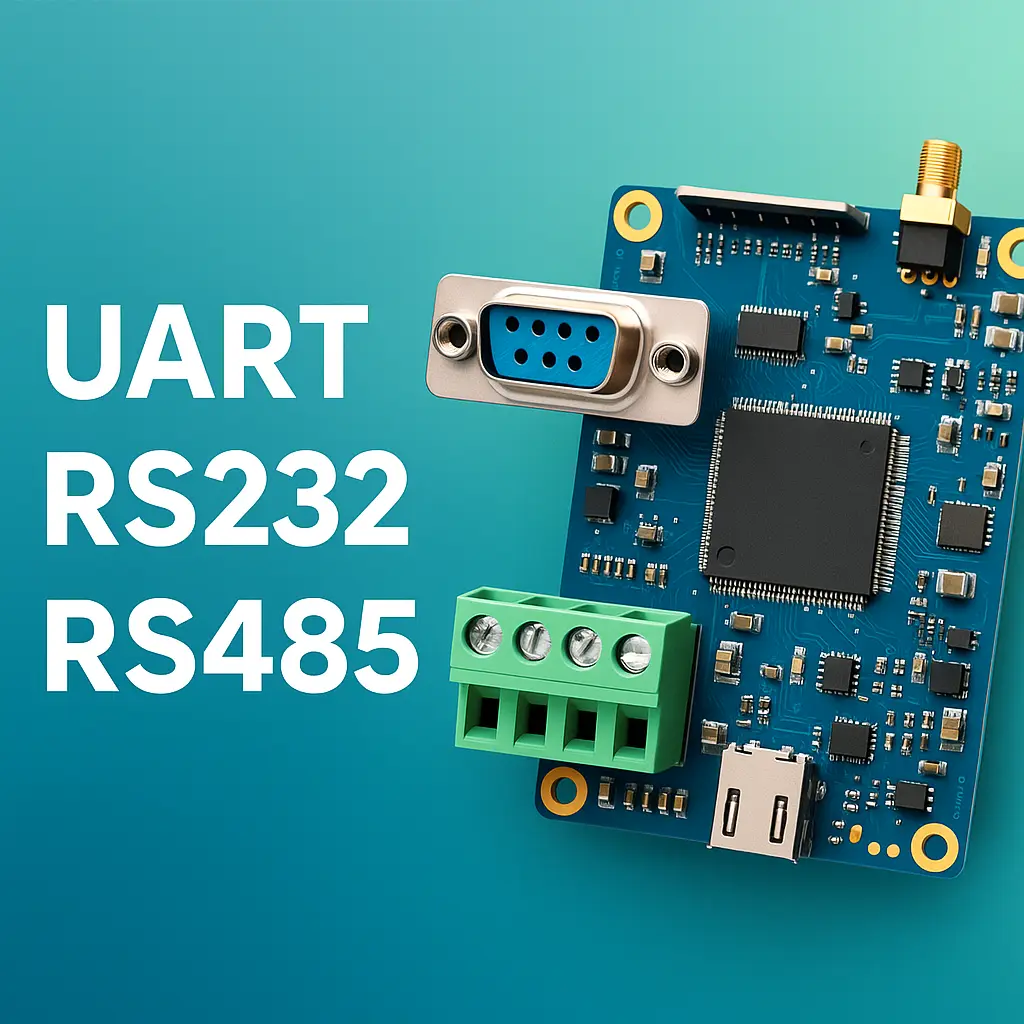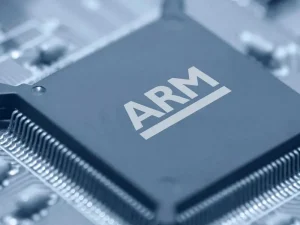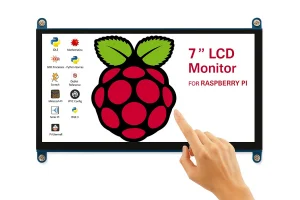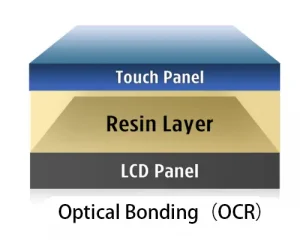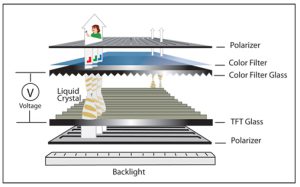Single Board Computers (SBCs) have evolved far beyond their early role as simple educational tools. Today, they are embedded in everything from smart appliances to industrial machinery.For these systems to function, reliable communication with sensors, controllers, and legacy equipment is critical.This is why engineers often focus on SBCs with UART, SBCs with RS232, and SBCs with RS485 when selecting hardware for real-world projects.
Why Serial Communication Still Matters
Despite the dominance of Ethernet, USB, and wireless standards like Wi-Fi and Bluetooth, serial interfaces remain indispensable in embedded systems. Their simplicity, robustness, and compatibility with industrial standards make them a safe choice for long-term deployments. In environments where interference, distance, or legacy integration are challenges, UART, RS232, and RS485 often outperform modern alternatives.
Understanding UART
UART, or Universal Asynchronous Receiver-Transmitter, is the foundation of serial communication. It uses simple TX (transmit) and RX (receive) lines, requiring no clock signal. Almost every SBC provides one or more UARTs, making SBCs with UART ideal for debugging, flashing firmware, or connecting to simple modules such as GPS receivers or Bluetooth chips.
The biggest advantages of UART are its ease of use and low hardware cost. However, it is limited to short distances (a few meters) and typically supports speeds in the kilobits to low megabits per second range.
RS232: A Legacy That Still Delivers
RS232 expands upon UART by defining specific voltage levels and connectors. It was once the standard interface on personal computers and continues to be widely used in laboratories, industrial equipment, and point-of-sale systems. SBCs with RS232 allow modern embedded systems to communicate seamlessly with older devices, making them valuable in environments where replacement is not feasible.
The protocol supports distances up to about 15 meters, depending on cable quality, and provides stable point-to-point communication. While not fast by today’s standards, RS232 is unmatched in reliability for its niche.
RS485: Long-Distance, Multi-Device Communication
RS485 was designed for robustness. Using differential signaling, it can reliably transmit data over 1200 meters and connect up to 32 devices on the same bus. This makes SBCs with RS485 the preferred option in industrial automation, building management, smart grids, and transportation systems.
Many industrial protocols, including Modbus RTU and Profibus, are based on RS485. Its noise immunity makes it ideal for electrically noisy environments such as factories or outdoor energy installations.
Comparison of UART, RS232, and RS485
| Feature | UART | RS232 | RS485 |
|---|---|---|---|
| Signal Type | Single-ended (TX/RX) | Voltage defined ±3V to ±15V | Differential signaling |
| Max Distance | ~3 meters | ~15 meters | Up to 1200 meters |
| Speed | Up to 1 Mbps (typical) | Up to 115.2 kbps | Up to 10 Mbps |
| Topology | Point-to-point | Point-to-point | Multi-drop (up to 32 devices) |
| Common Use Cases | Debugging, module connection | Legacy equipment, POS systems | Factory automation, Modbus networks |
Applications of SBCs with UART, RS232, and RS485
- Smart Home Gateways: Using UART to interface with Zigbee, Z-Wave, or LoRa modules.
- Industrial Automation: RS485 networks connecting sensors, PLCs, and controllers across long distances.
- Medical Devices: RS232 connections with diagnostic equipment where stability is more important than speed.
- Energy Management: RS485-based smart meters feeding data into a central SBC for processing.
- Robotics: UART communication with motor drivers and low-level controllers.
Choosing the Right SBC
Selecting the correct SBC depends on your project’s communication requirements. If you need simple, direct communication for debugging, SBCs with UART will be sufficient. For legacy integration or lab environments, SBCs with RS232 are the right match. For industrial or distributed systems, SBCs with RS485 provide scalability and distance.
Considerations include:
- Number of Ports: Some projects require multiple UART/RS485 interfaces simultaneously.
- Isolation: Industrial SBCs often provide galvanic isolation to protect against voltage spikes.
- Software Support: Ensure your SBC’s operating system supports drivers and libraries for your chosen protocol.
- Expansion: Boards with GPIO headers can allow flexible serial expansion when needed.
Future of Serial Communication in SBCs
While some believe that serial interfaces are outdated, the reality is different. Industrial IoT, automation, and smart infrastructure rely heavily on robust and deterministic communication. Technologies such as UART, RS232, and RS485 are expected to coexist with Ethernet and wireless for many years, ensuring compatibility and reliability in mixed environments.
Many SBC manufacturers now design boards with a mix of traditional serial ports and modern interfaces, ensuring engineers have flexibility when building solutions for Industry 4.0.
FAQs
1. Why do modern SBCs still include UART, RS232, and RS485?
Many industries rely on legacy equipment, and these interfaces ensure backward compatibility while offering reliable, low-cost communication.
2. Can I convert UART to RS232 or RS485?
Yes, many converter chips and modules are available that allow a UART interface to be adapted to RS232 or RS485, providing flexibility in SBC design.
3. Which SBC should I choose if I need multiple serial interfaces?
Some industrial-grade SBCs integrate all three: UART, RS232, and RS485. This allows developers to connect various devices without external adapters.
4. Is RS485 always better than RS232?
Not necessarily. RS485 is better for long-distance, multi-drop communication, but RS232 may be simpler and sufficient for short, point-to-point connections.
Conclusion
Communication is at the heart of every embedded system. SBCs with UART offer simplicity, SBCs with RS232 guarantee legacy compatibility, and SBCs with RS485 enable long-distance and multi-device networks. Choosing the right interface will determine not only how your SBC integrates with hardware today, but also how future-proof your design will be in the years ahead.

